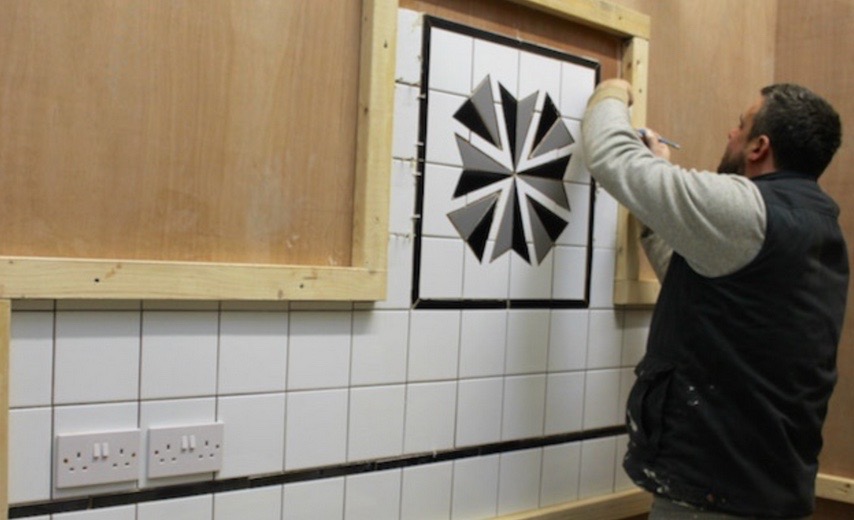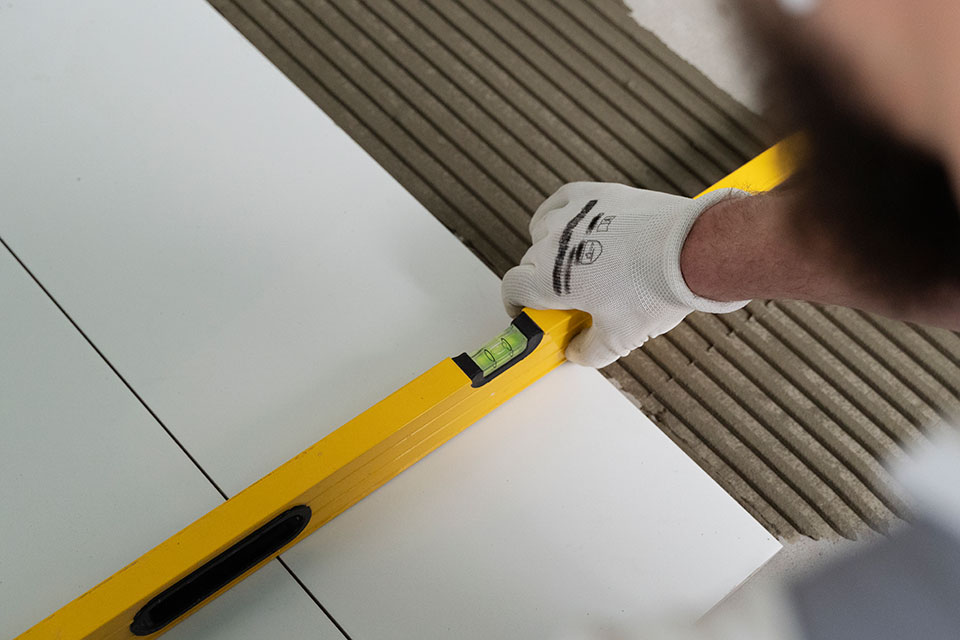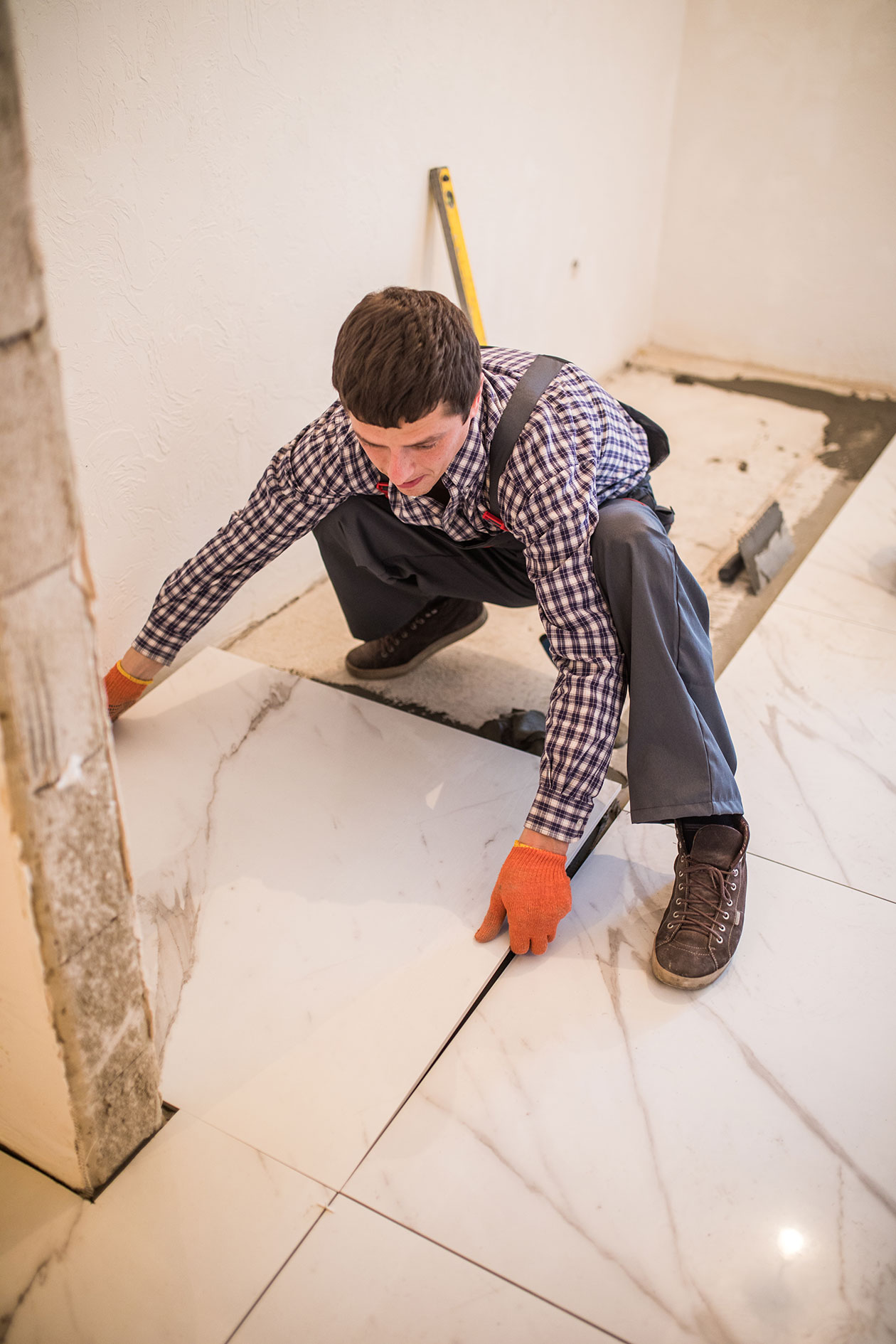Outdoor spaces are an extension of our homes, offering a haven where we can unwind, entertain, and connect with nature. To transform these spaces into visually stunning and functional areas, homeowners are increasingly turning to creative design elements. One such versatile and aesthetically pleasing option is the use of tiles. Traditionally associated with indoor spaces, tiles are now making a bold statement in gardens. In this blog, we’ll explore the innovative ways in which tiles can revamp outdoor spaces, bringing a touch of elegance and sophistication to gardens.
- Durable and Weather-Resistant Tiles
The first consideration when revamping outdoor spaces is the choice of materials. Tiles specifically designed for outdoor use are essential to ensure durability and resistance to weather elements. Opt for high-quality ceramic, porcelain, or natural stone tiles that can withstand varying temperatures, rain, and UV exposure. This sets the foundation for a long-lasting and low-maintenance outdoor design.
- Creating Distinct Zones with Tile Patterns
Tiles are excellent for delineating different zones within your garden. Use contrasting tile patterns to define areas for dining, lounging, or gardening. For example, a geometric pattern could mark the dining area, while a more organic and flowing pattern can enhance the relaxation space. This creates visual interest and organises the outdoor space into functional segments.
- Mosaic Magic
Mosaic tiles add a touch of artistry to outdoor spaces. They come in various colours, sizes, and materials, allowing for endless creative possibilities. Consider using mosaic tiles to craft intricate pathways, accent walls, or decorative borders around flower beds. Mosaics inject a burst of colour and personality into the garden, turning it into a personalised haven.
- Statement Tile Walls
Elevate your garden’s aesthetics by incorporating statement tile walls. Choose a focal point, such as an outdoor fireplace, water feature, or seating area, and adorn it with eye-catching tiles. This not only adds a luxurious touch but also serves as a unique backdrop for your outdoor activities. The right outdoor tiles can transform a simple garden into a visually stunning retreat.
- Versatile Outdoor Flooring
Tiles are not limited to traditional uses; they can also be employed as innovative outdoor flooring solutions. Large format tiles can create a seamless and sleek surface for patios and decks. These tiles are easy to clean, resistant to stains, and provide a smooth, comfortable surface for outdoor furniture.
- Natural Stone Elegance
Natural stone tiles are a great choice for a timeless appearance. Options like slate, travertine, or limestone add a touch of rustic charm to outdoor spaces. Natural stone tiles are known for their durability and ability to blend seamlessly with the natural surroundings, creating a harmonious and visually appealing garden landscape.
- Poolside Luxury with Tiles
Extend the beauty of tiles to your pool area for a touch of luxury. Non-slip mosaic tiles or large format tiles are ideal for poolside spaces, providing both safety and style. Choose cool, soothing colours to create a serene ambiance around the pool, turning it into a retreat for relaxation and entertainment.
- Vertical Gardens with Tile Accents
Combine the beauty of greenery with the elegance of tiles by creating vertical gardens with tile accents. Use tiles as a backdrop for climbing plants or incorporate them into the design of planters and trellises. This fusion of natural and man-made elements adds depth and character to the garden, making it a true outdoor oasis.
- Alfresco Dining with Tiled Tabletops
Enhance your outdoor dining experience by incorporating tiled tabletops. Choose weather-resistant tiles in patterns that complement your overall garden theme. Tiled tables not only add a touch of sophistication but also provide a practical and easy-to-maintain surface for dining and entertaining guests.
- Artistic Tile Installations
Transform your garden into an outdoor art gallery by incorporating artistic tile installations. Consider mosaic murals, stepping stones with painted designs or tiled sculptures strategically placed throughout the space. These unique elements become conversation starters and add a touch of personality to your garden.
- Low-Maintenance Elegance
One of the significant advantages of using tiles in outdoor spaces is their low-maintenance nature. Unlike traditional landscaping materials, tiles require minimal upkeep. Sweeping and washing occasionally are usually enough to keep them looking fresh and clean. This makes tiles an attractive option for those who want a beautiful garden without the hassle of constant maintenance.
- Reflective Surfaces with Mirrored Tiles
Add a touch of glamour and playfulness to your garden by incorporating mirrored tiles. These reflective surfaces create the illusion of more space and add a whimsical touch to the surroundings. Consider using mirrored tiles as accents in strategic locations, such as on garden walls or as part of decorative elements.
- Contemporary Garden Edging
Tiles can be used creatively as garden edging to define borders and pathways. Choose tiles that complement the overall design of your garden and use them to create clean lines and boundaries. This not only adds a polished look to the outdoor space but also helps in maintaining a neat and organised garden layout.
- Heat-Resistant Tiles for Fire Pits
For those chilly evenings, a fire pit becomes the focal point of outdoor gatherings. Use heat-resistant tiles to create a stunning and safe surround for your fire pit. These tiles withstand high temperatures and add a touch of sophistication to the warmth of the fire, creating a cosy and inviting atmosphere.
- Innovative Tile Planters
Go beyond traditional planters by incorporating tiles into creative and innovative designs. Use tiles to clad planter boxes, creating a modern and stylish look. This not only serves a functional purpose but also adds a decorative element to the garden, turning planters into focal points crafted by professional tilers.
Revamping outdoor spaces with tiles opens up a world of creative possibilities. Whether you opt for the timeless elegance of natural stone, the artistic allure of mosaics, or the contemporary appeal of large format tiles, each choice contributes to transforming your garden into a personalised sanctuary. The versatility, durability, and aesthetic appeal of tiles make them an ideal choice for those looking to add a touch of sophistication and functionality to their outdoor spaces. So, let your imagination run wild, and embark on a journey to create an outdoor haven that seamlessly blends nature with the elegance of tiles.


